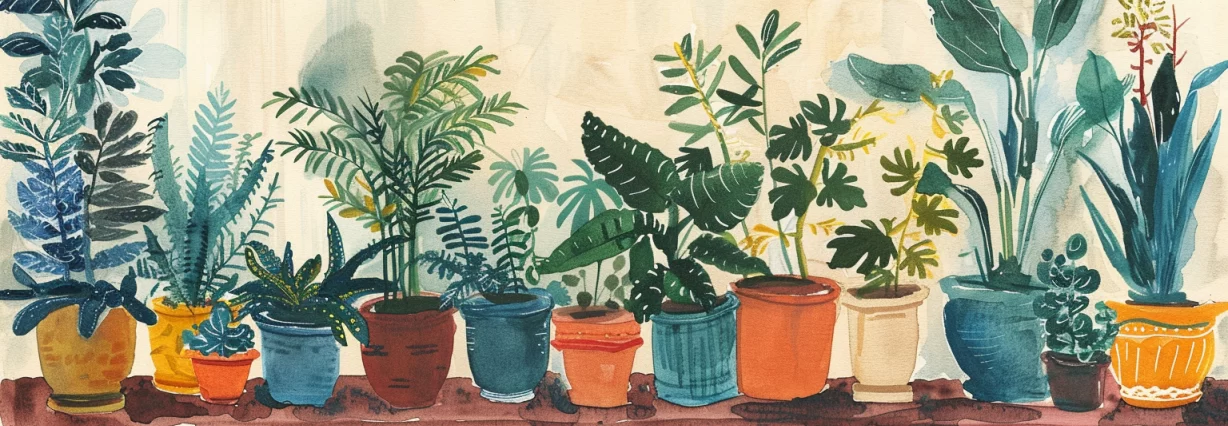Houseplants are a beautiful addition to any space and can also help purify the air. Indoor air pollution can be a major problem, especially in urban areas with poor outdoor air quality. Many common household items, such as cleaning products, furniture, and electronics, can release harmful chemicals into the air. Houseplants can help remove these toxins and improve air quality.
When selecting houseplants for air purification, it is important to consider the specific pollutants you want to target. Different plants are better at removing different chemicals from the air. For example, spider plants are great at removing formaldehyde, while peace lilies are effective at removing benzene. It is also important to consider the size of the plant and the space it will be in. Some plants, such as rubber trees, can grow quite large and may not be suitable for smaller spaces.
Understanding Air Purification
Indoor air quality can have a significant impact on health and well-being. Pollutants and toxins can accumulate in enclosed spaces, leading to various health issues. To combat this, many people turn to houseplants as a natural solution for air purification.
Houseplants are known for removing volatile organic compounds (VOCs) from the air. These compounds, released by common household items such as cleaning products and furniture, can cause headaches, dizziness, and other health problems. Some plants also effectively remove carbon monoxide and carbon dioxide from the air while increasing oxygen production.
A NASA study found that certain plants are particularly effective at removing pollutants from the air. These plants include the peace lily, spider plant, and snake plant. The study suggests that at least one plant per 100 square feet can effectively clean the air.
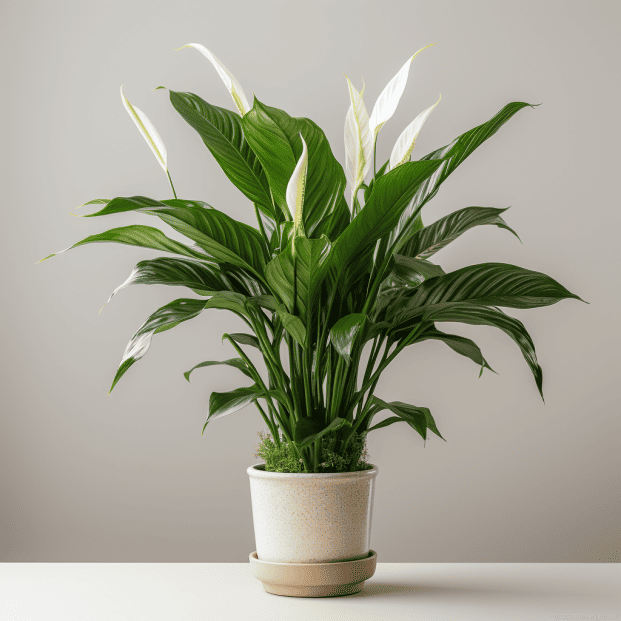

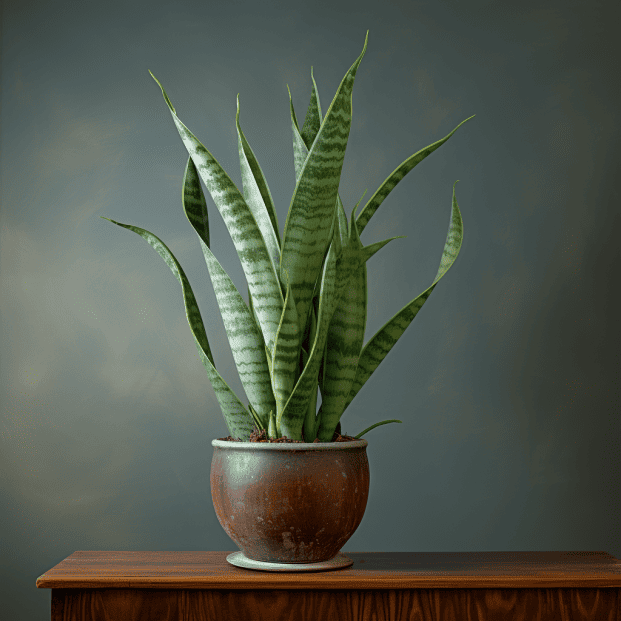
Plants purify the air through a process called transpiration. This is the plant’s defense mechanism against pollutants and toxins. As the plant takes in air through its leaves, it also takes in pollutants. The pollutants are then broken down by enzymes in the plant and used for energy. The clean air is then released into the environment through the plant’s transpiration rate.
In summary, houseplants can effectively improve indoor air quality and promote a healthy living environment. By understanding air purification and selecting the right plants, you can create a space that is both beautiful and beneficial to your health.
The Role of Houseplants in Air Purification
Houseplants have been shown to positively impact indoor air quality, making them an excellent addition to any space. These plants are often called air-purifying plants because they can filter harmful pollutants from the air.
NASA conducted a study on the effects of plants on indoor air quality and found that certain species of plants can effectively remove pollutants such as benzene, formaldehyde, and trichloroethylene from the air. These pollutants are commonly found in indoor environments and can cause various health issues, from headaches to respiratory problems.
One way in which houseplants purify the air is through photosynthesis. During this process, plants absorb carbon dioxide and release oxygen, which can help to increase the oxygen levels in a room. Additionally, plants can filter out harmful toxins from the air through their leaves and roots.
When selecting air-purifying plants for your space, it is important to consider the specific pollutants you want to remove. Different plants are better suited for different types of pollutants. For example, spider plants are effective at removing formaldehyde from the air, while peace lilies are great at filtering out benzene.
In addition to their air-purifying properties, houseplants can also add a touch of greenery to any space, making it feel more inviting and relaxing. Overall, incorporating air-purifying plants into your indoor environment can have a positive impact on your health and well-being.
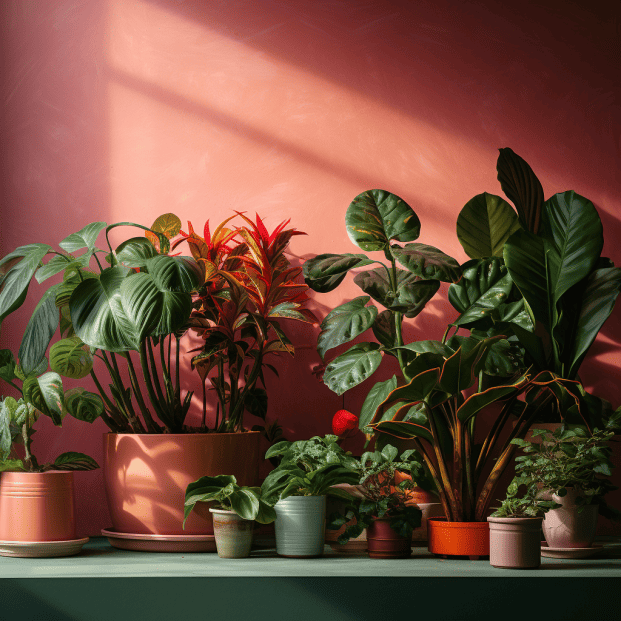
Key Pollutants and Their Effects
When selecting houseplants for air purification, it is important to understand the key pollutants that can be found in indoor air and their effects on human health. Some of the most common indoor air pollutants include formaldehyde, benzene, trichloroethylene, xylene, ammonia, toluene, and styrene.
Formaldehyde is a colorless gas that is commonly found in building materials such as plywood, particleboard, and insulation. Exposure to formaldehyde can cause irritation of the nose and throat, as well as respiratory problems and asthma. Benzene is a carcinogen that is often found in products such as gasoline, plastics, and synthetic fibers. Exposure to benzene can cause headaches, dizziness, and in high doses, can lead to cancer.
Trichloroethylene is a solvent that is commonly used in dry cleaning and metal degreasing. Exposure to trichloroethylene can cause headaches, dizziness, and in high doses, can lead to liver and kidney damage. Xylene is a solvent that is often found in paints, varnishes, and adhesives. Exposure to xylene can cause irritation of the eyes, nose, and throat, as well as headaches and dizziness.
Ammonia is a gas that is commonly found in cleaning products and fertilizers. Exposure to ammonia can cause irritation of the eyes, nose, and throat, as well as respiratory problems and asthma. Toluene is a solvent that is often found in paints, adhesives, and gasoline. Exposure to toluene can cause headaches, dizziness, and in high doses, can lead to liver and kidney damage.
Styrene is a chemical that is often found in building materials such as insulation and carpeting. Exposure to styrene can cause irritation of the eyes, nose, and throat, as well as respiratory problems and skin irritation.


In addition to these specific pollutants, indoor air quality can also be affected by a condition known as sick building syndrome. This condition occurs when a building’s occupants experience a range of symptoms such as headaches, fatigue, and respiratory problems, which are often attributed to poor indoor air quality.
The Environmental Protection Agency (EPA) recommends that individuals take steps to reduce their exposure to indoor air pollutants, including increasing ventilation, using air purifiers, and selecting houseplants that can help to purify the air. By understanding the key pollutants and their effects, individuals can make informed decisions when selecting houseplants for air purification in their space.
Choosing the Right Houseplants
When it comes to selecting houseplants for air purification, it’s important to choose the right ones that suit your space and lifestyle. Here are some tips to help you choose the right houseplants:
Consider Your Space
Before selecting a houseplant, consider the amount of space you have available and the lighting conditions in the room. Some plants require direct sunlight, while others thrive in low light conditions. For example, snake plants and Chinese evergreens are great options for low light areas, while money plants and pineapple plants require bright, indirect light.
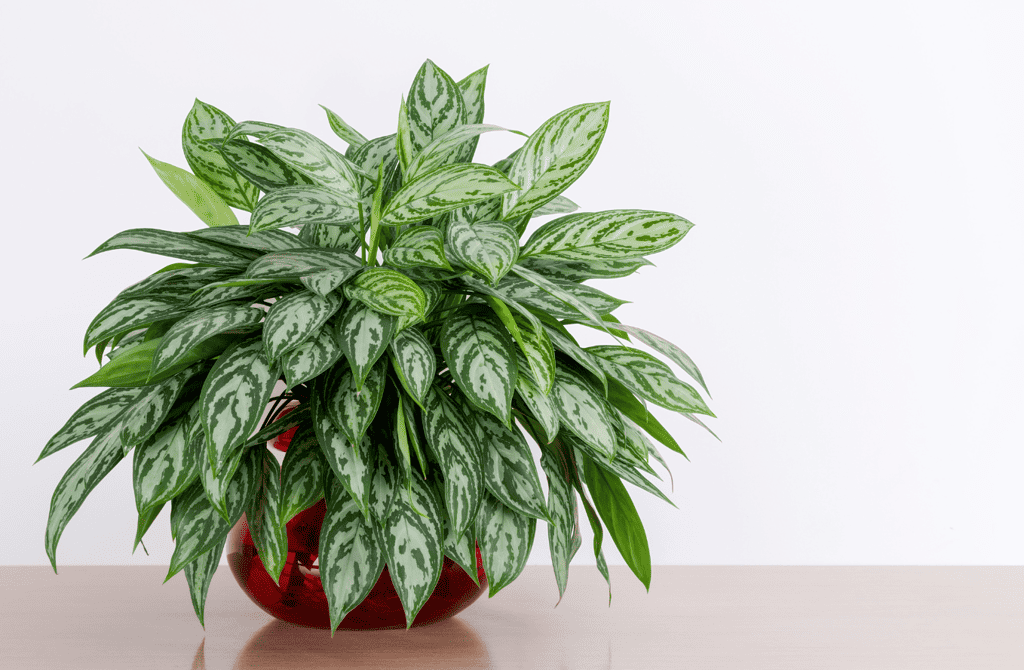
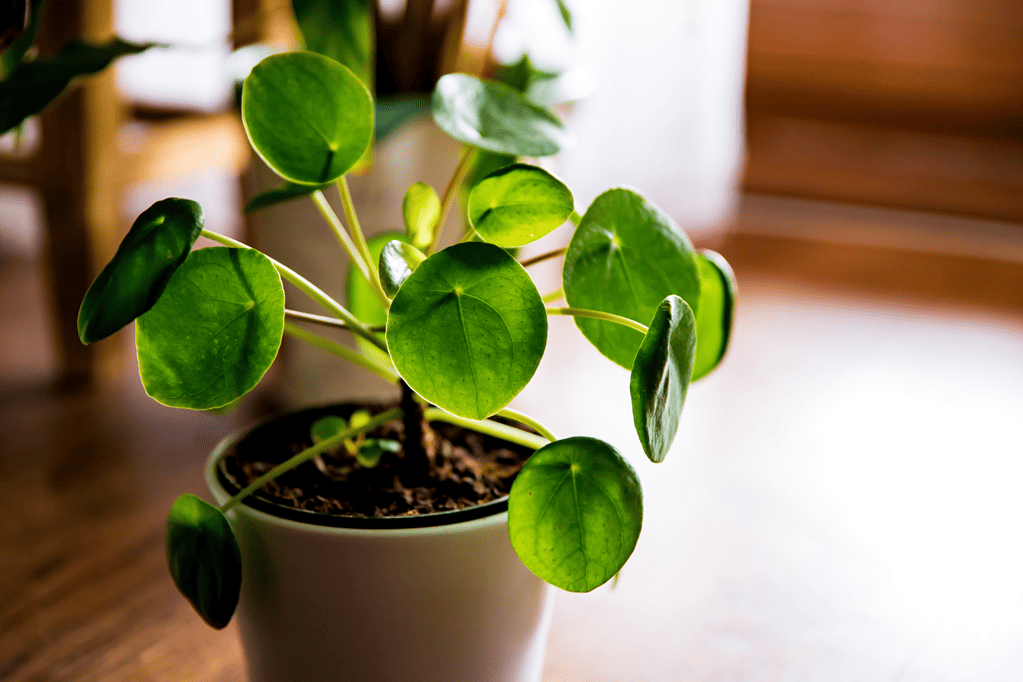
Look for Air-Purifying Plants
Not all houseplants are created equal when it comes to air purification. Look for plants that have been proven to remove toxins from the air, such as bamboo palms, peace lilies, spider plants, and rubber plants. These plants can help remove pollutants like formaldehyde, benzene, trichloroethylene, and carbon monoxide from the air.
Consider Maintenance
Different houseplants have different maintenance requirements. Some plants require frequent watering and pruning, while others can thrive with minimal care. Aloe vera, for example, is a low-maintenance plant that only requires watering once every two to three weeks, while ferns like the Boston fern require more frequent watering and misting.
Choose Non-Toxic Plants
If you have children or pets, it’s important to choose houseplants that are non-toxic. Some plants, like the flamingo lily and the red-edged dracaena, can be toxic if ingested. Instead, opt for non-toxic plants like the spider plant, the golden pothos, and the pineapple plant.

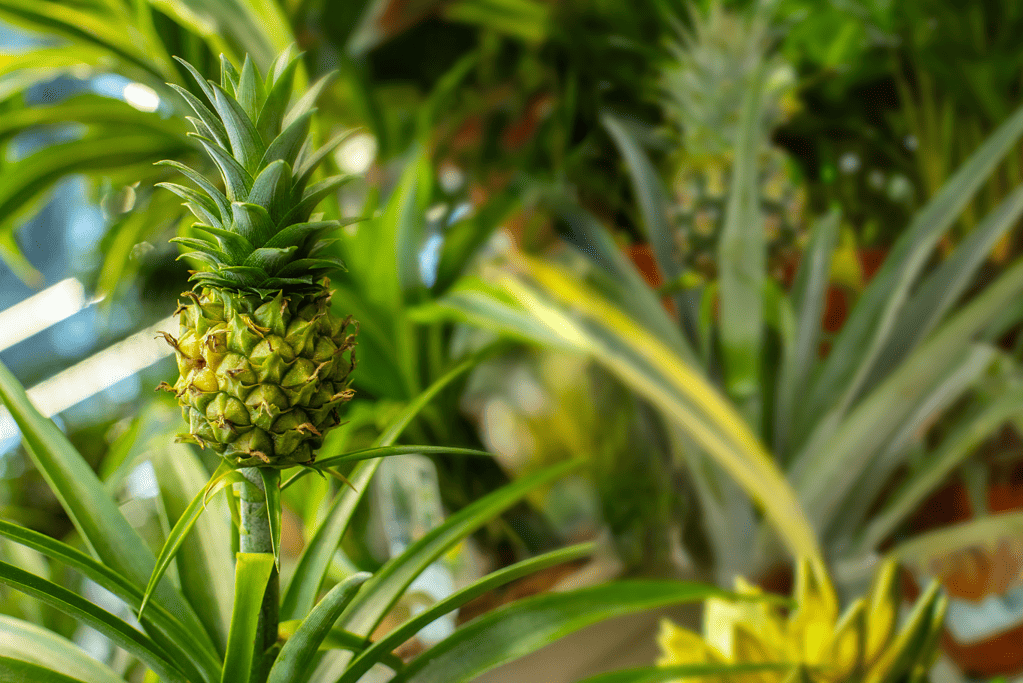
Consider Your Aesthetic Preferences
Finally, consider your aesthetic preferences when selecting houseplants. Different plants have different shapes, colors, and textures, so choose plants that complement your decor and personal style. Some popular options include the weeping fig, the rubber tree, and the dracaena marginata.
By considering these factors, you can select the right houseplants for air purification that not only improve the air quality in your space but also suit your lifestyle and aesthetic preferences.
Understanding Plant Care
Selecting houseplants for air purification is a great way to improve the air quality in your space. However, it is important to understand the care requirements of the plants you choose to ensure they thrive and effectively purify the air.
Light
Most houseplants require adequate light to grow and thrive. Ensure that you place your plants in an area where they can receive the right amount of light. Some plants require direct sunlight, while others thrive in indirect or low light conditions. For example, snake plants and spider plants can tolerate low light conditions, while bamboo plants need bright, indirect light.
Soil
The soil in which your houseplants grow is crucial to their health. Ensure that you select the right type of soil for your plants. Most houseplants thrive in well-draining soil that is rich in organic matter. When repotting your plants, ensure that you use a pot with drainage holes to prevent waterlogging.
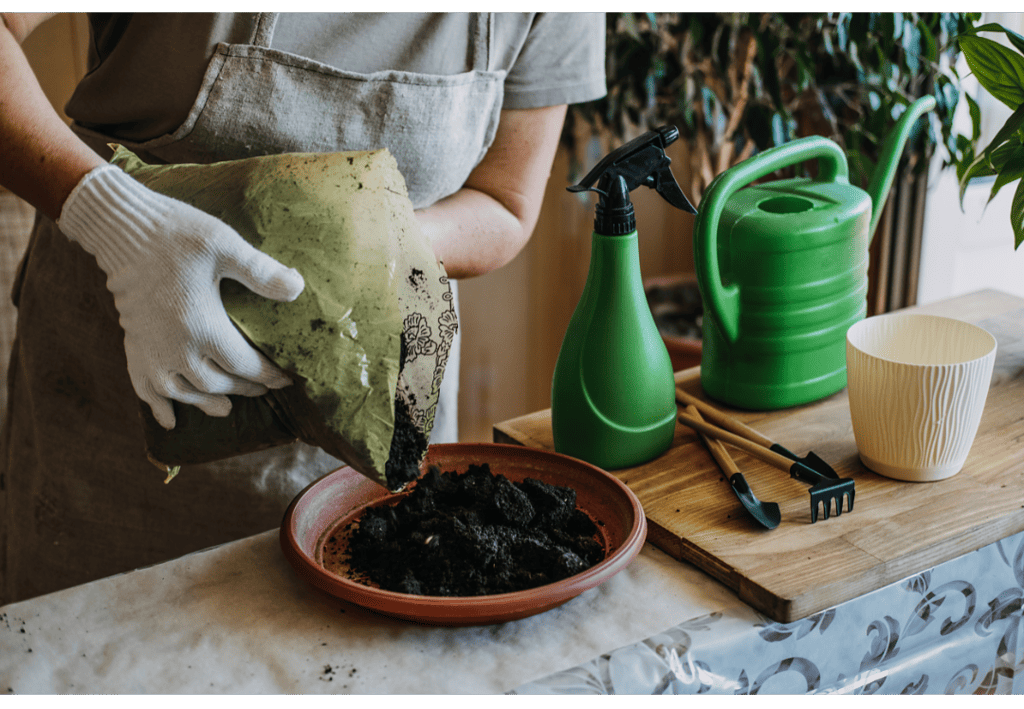
Water and Humidity
Watering your plants is an essential part of plant care. Overwatering or underwatering your plants can lead to their demise. Ensure that you water your plants when the soil is dry to the touch. Different plants have different water requirements, so it is important to research the needs of your specific plants.
Humidity is also important for some houseplants. Some plants thrive in high humidity conditions, while others can tolerate low humidity. You can increase humidity by misting your plants or placing a tray of water near them.
Neglect and Pruning
While some houseplants can tolerate neglect, it is important to regularly check on your plants to ensure they are healthy. Pruning your plants can also help them grow and thrive. Remove any dead or yellow leaves, and prune back any overgrown stems or foliage. This will help your plants look their best and improve their air purifying capabilities.
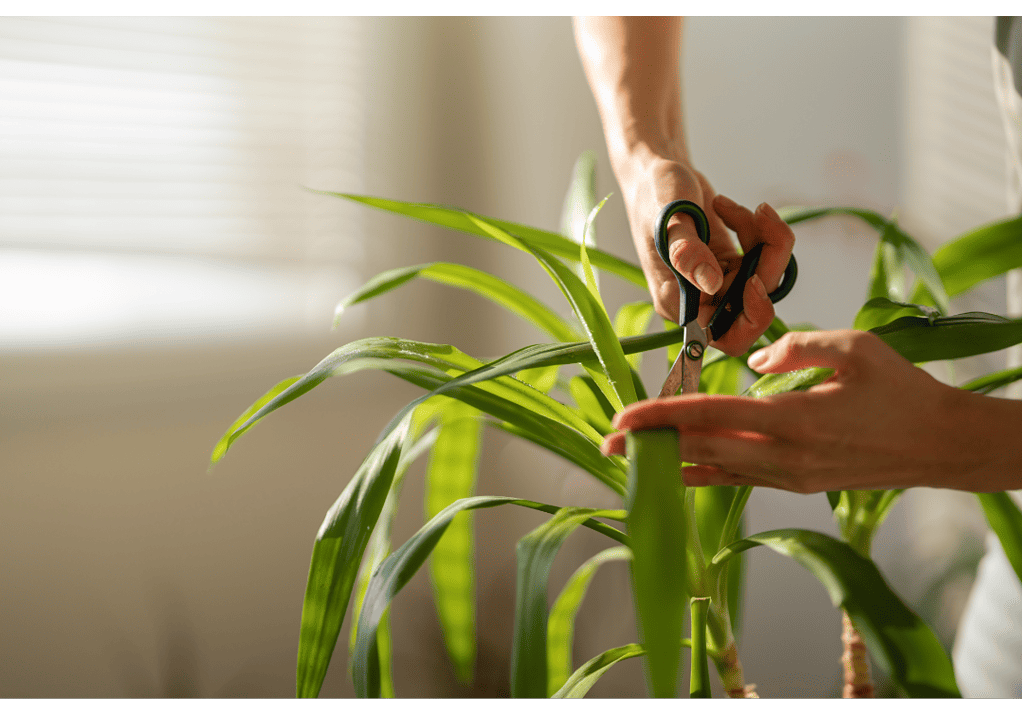
Airflow
Airflow is important for plant health and air purification. Ensure that your plants have adequate airflow by placing them in areas with good ventilation. Hanging baskets can also be a great way to improve airflow around your plants.
In summary, understanding plant care is essential when selecting houseplants for air purification. Ensure that you provide your plants with adequate light, soil, water, humidity, and airflow. Regularly check on your plants and prune them as needed to ensure they thrive and effectively purify the air in your space.
Additional Benefits of Houseplants
Houseplants not only purify the air, but they also offer various other benefits. In this section, we will discuss some of the additional benefits of having houseplants in your space.

Oxygen
Plants release oxygen during photosynthesis, which is the process of converting sunlight into energy. This means that having houseplants in your space can increase the oxygen levels, making it easier to breathe.
Mental Health
Studies have shown that being around plants can have a positive impact on mental health. They can help reduce stress and anxiety, boost mood, and improve overall well-being.
Stress
Houseplants can help reduce stress levels by creating a calming environment. They can also help lower blood pressure and heart rate, leading to a more relaxed state.
Skin
Certain houseplants, such as aloe vera, can be used for their medicinal properties. Aloe vera can be used to treat burns and other skin irritations.
Mood
Houseplants can improve mood by providing a sense of accomplishment and responsibility. Taking care of a plant and watching it grow can be rewarding and boost self-esteem.
Bacteria
Houseplants can also help purify the air by removing harmful toxins and bacteria. They can absorb pollutants such as formaldehyde, benzene, and trichloroethylene, making the air cleaner and healthier to breathe.
Pet-Friendly
For those with pets, it’s important to choose houseplants that are safe and non-toxic. Some pet-friendly options include spider plants, Boston ferns, and African violets.
Concentration
Houseplants can also help improve concentration and productivity. Studies have shown that having plants in the workspace can increase focus and reduce mental fatigue.
In summary, houseplants offer a variety of benefits beyond just air purification. They can improve mental health, reduce stress, provide medicinal properties, boost mood, purify the air, and even improve concentration and productivity.
Conclusion
In conclusion, selecting houseplants for air purification in your space can be a great way to improve indoor air quality and promote a healthier living environment. While some studies have shown that certain plants can effectively remove pollutants such as benzene and formaldehyde from the air, it is important to note that the effectiveness of indoor plants for air purification is still a topic of debate among experts.
The American Society of Horticultural Science recommends using a combination of several different types of plants to maximize air purification benefits. Devil’s Ivy, also known as Pothos, is a cascading plant that is particularly effective at removing formaldehyde from the air. Anthurium, a flowering plant native to Madagascar, is another popular choice for air purification due to its ability to remove ammonia and xylene.
It is important to note that while houseplants can be a helpful defense mechanism against indoor air pollution, they should not be relied upon as the sole solution. Other measures such as proper ventilation, air purifiers, and reducing the use of chemical cleaners can also help to improve indoor air quality.
In addition, NASA has conducted research on the benefits of plants for air purification and has developed a simple yet effective pot design that utilizes the natural filtration properties of soil and the air-purifying abilities of plants. This design can be a great option for those looking to incorporate plants into their air purification efforts.
Overall, selecting the right houseplants for air purification in your space can be a great way to improve indoor air quality and promote a healthier living environment. By using a combination of plants and other measures, individuals can take steps to reduce their exposure to indoor air pollutants and promote better health.
Frequently Asked Questions
Which house plant purifies the air the most?
According to a study by NASA, the Peace Lily is the most effective house plant for purifying the air. It can remove up to 60% of airborne toxins in just 24 hours. Other effective air-purifying plants include Spider Plant, Dracaena, and Boston Fern.
What plant removes 78% of airborne mold?
The Snake Plant, also known as Mother-in-Law’s Tongue, is known for its ability to remove toxins from the air, including mold. According to a study by the University of Georgia, the Snake Plant can remove up to 78% of airborne mold in just 24 hours.
What plants are good for purifying the air quality?
There are many plants that are good for purifying the air quality, including the Spider Plant, Dracaena, Boston Fern, Peace Lily, Snake Plant, and Aloe Vera. These plants are effective at removing toxins such as formaldehyde, benzene, and carbon monoxide from the air.
What houseplants clean the air in your house?
There are many houseplants that can clean the air in your house, including the Spider Plant, Dracaena, Boston Fern, Peace Lily, Snake Plant, and Aloe Vera. These plants are not only effective at removing toxins from the air, but also add a touch of greenery to your home.
What are some low light air purifying plants?
If you have a low-light area in your home, there are still air-purifying plants that can thrive. Some low light air purifying plants include the Snake Plant, Peace Lily, Chinese Evergreen, and ZZ Plant. These plants can help improve air quality in areas with limited sunlight.
What are some air-purifying plants safe for cats?
Some air-purifying plants can be toxic to cats, so it’s important to choose plants that are safe for your furry friends. Some air purifying plants that are safe for cats include the Spider Plant, Boston Fern, Areca Palm, and Bamboo Palm. It’s always best to do your research before bringing a new plant into your home, especially if you have pets.

